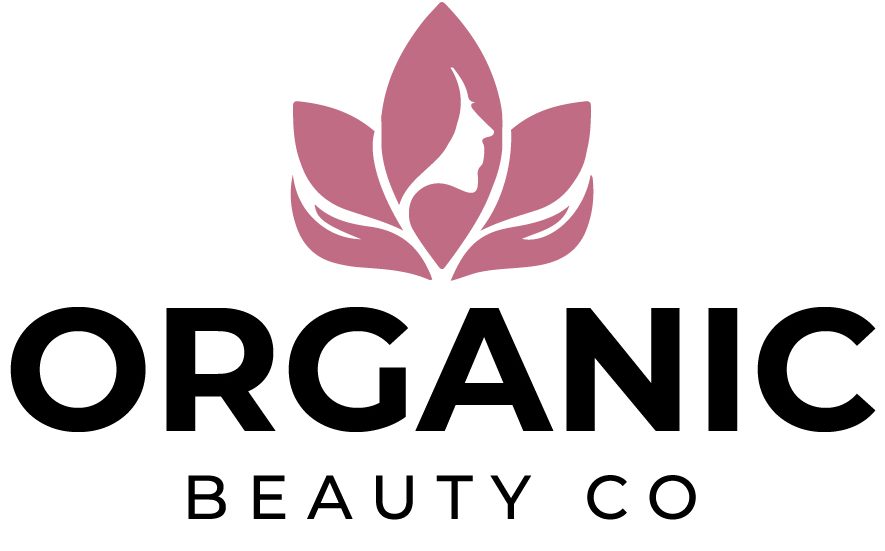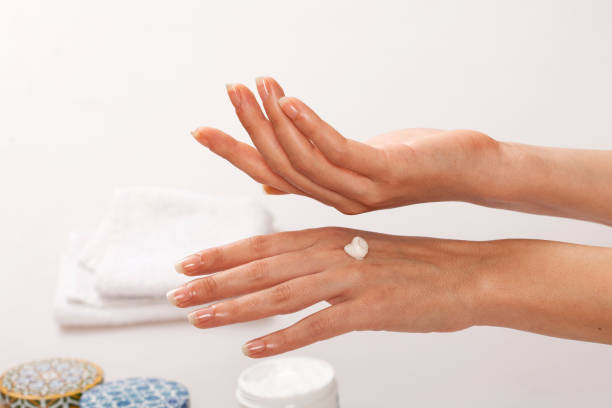In the realm of skincare, the terms “lotion” and “moisturizer” are often used interchangeably, leading to confusion about their differences and which one is best suited for specific skin types and concerns. While both lotions and moisturizers serve the common goal of hydrating and nourishing the skin, they vary in terms of their formulations, textures, and intended uses. In this guide, we’ll explore the distinctions between lotions and moisturizers, their respective benefits, and how to determine which one your skin needs for optimal health and hydration.
Understanding Lotions and Moisturizers
Before delving into the specifics, let’s clarify what distinguishes lotions from moisturizers:
Lotions: Lotions are lightweight, fluid formulations typically composed of a combination of water and oil. They have a thinner consistency than creams and are easily spreadable, making them ideal for covering large areas of the body. Lotions often contain humectant ingredients such as glycerin or hyaluronic acid, which attract moisture to the skin and help maintain hydration levels.
Moisturizers: Moisturizers, on the other hand, encompass a broader category of skincare products designed to hydrate and protect the skin. They come in various forms, including creams, ointments, and serums, each with its own unique texture and formulation. Moisturizers are formulated with a higher concentration of emollients and occlusives, such as oils and butters, which create a protective barrier on the skin’s surface to lock in moisture and prevent dehydration.
Choosing the Right Formulation for Your Skin
When deciding between a lotion and a moisturizer, several factors come into play, including your skin type, concerns, and personal preferences. Here’s a breakdown to help you determine which formulation may be best suited for your skin:
Skin Type:
Dry Skin: If you have dry skin prone to flakiness and tightness, opt for a richer, more emollient moisturizer or cream to provide intense hydration and replenish lost moisture.
Normal/Combination Skin: Those with normal or combination skin may benefit from a lightweight lotion or moisturizer that offers balanced hydration without feeling too heavy or greasy.
Oily/Acne-Prone Skin: For oily or acne-prone skin, a lightweight, oil-free lotion or gel-based moisturizer is ideal to provide hydration without clogging pores or exacerbating breakouts.
Climate and Environment:
Humid Climates: In humid environments, where moisture levels in the air are higher, lighter formulations like lotions may be sufficient to hydrate the skin without feeling overly heavy.
Dry Climates: In drier climates or during colder months when the air is lacking in moisture, opt for a more emollient moisturizer or cream to provide extra protection and prevent moisture loss.
Specific Concerns:
Sensitive Skin: If you have sensitive skin prone to irritation or allergic reactions, choose a fragrance-free, hypoallergenic lotion or moisturizer formulated with gentle, soothing ingredients to minimize the risk of adverse reactions.
Anti-Aging: For those concerned with signs of aging, look for moisturizers enriched with anti-aging ingredients such as retinol, peptides, or antioxidants to target fine lines, wrinkles, and loss of elasticity.
Texture and Absorption:
Preference: Consider your preference regarding texture and absorption. Some people prefer the lightweight feel and fast absorption of lotions, while others may prefer the richer texture and longer-lasting hydration provided by moisturizers.
Incorporating Lotions and Moisturizers into Your Skincare Routine
Regardless of whether you choose a lotion or moisturizer, it’s essential to incorporate hydration into your skincare routine to maintain healthy, radiant skin. Here’s how to effectively incorporate lotions and moisturizers into your daily regimen:
Cleanse: Start by cleansing your skin with a gentle, pH-balanced cleanser to remove dirt, oil, and impurities without stripping away natural oils.
Tone (Optional): If desired, follow up with a hydrating toner or essence to rebalance the skin’s pH levels and prepare it for subsequent skincare products.
Apply Serum (Optional): For targeted concerns such as hyperpigmentation, acne, or aging, apply a serum containing active ingredients before moisturizing to address specific skin needs.
Moisturize: Generously apply your chosen lotion or moisturizer to your face and neck, using gentle upward motions to promote absorption. Don’t forget to extend the application to other areas of the body as needed, such as the hands, elbows, and knees.
Sun Protection: Finish your skincare routine with a broad-spectrum sunscreen during the day to protect your skin from harmful UV rays and prevent premature aging.
Conclusion
In the debate between lotions and moisturizers, there’s no one-size-fits-all answer. The best formulation for your skin depends on factors such as your skin type, concerns, climate, and personal preferences. Whether you opt for a lightweight lotion or a richer moisturizer, the key is to prioritize hydration and choose products tailored to your skin’s unique needs. By incorporating hydration into your skincare routine and selecting the right products, you can achieve healthy, radiant skin that looks and feels its best.

